Blog Posts Tagged Geomechanics Module

How to Test Numerical Material Models in COMSOL Multiphysics®
Understanding the physical behavior of a material can be achieved with material models. Get an in-depth introduction to testing material models in COMSOL Multiphysics® here.
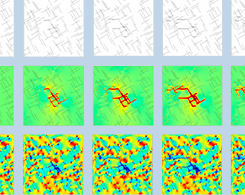
Fully Coupled Hydromechanical Modeling of Fractured Media
Dr. Qinghua Lei of ETH Zürich demonstrates a novel method for modeling fully coupled hydromechanical processes in fractured media with 2 examples: fluid injection and underground excavation.
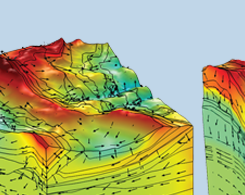
Integration of Geological Structures into Regional-Scale Groundwater Models
To study the dynamics of hydraulic processes at different scales, geotechnical researchers need to be able to integrate complex geological structures into their hydrogeological models.
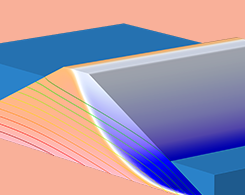
Analyzing Slope Stability Through the Shear Strength Reduction Method
Dams that are poorly designed or constructed are likely to fail. However, geotechnical engineers can account for the stability and reliability of a dam long before the structure is even built.
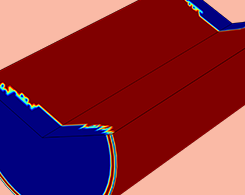
Analyzing Triaxial Testing Methods for Geomechanics
Triaxial testing of soil is important when determining the structural stability of a tunnel, dam, or building. Geomechanics simulation can help ensure that triaxial testing methods are up to par.
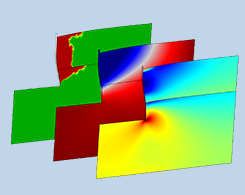
Predicting Deformations in a Bank Protection Structure with Simulation
To predict how a bank protection structure within the Yangtze River in China would deform under certain conditions, a group of researchers turned to geomechanical analysis.

Testing the Safety of Reinforced Concrete Beams with an App
The Parameterized Concrete Beam demo app is based on a model of a reinforced concrete beam. It can be used to easily compute the beam’s deflection and axial stress over a range of parameters.
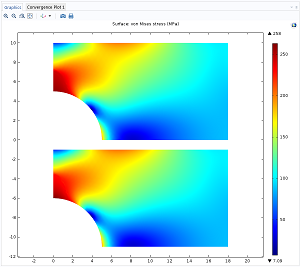
Introducing Nonlinear Elastic Materials
Examples of nonlinear elastic material models: Ramberg-Osgood, Duncan-Chang, Hardin-Drnevich, Power law, and more. We discuss how to apply nonlinear elastic materials in your analyses.
